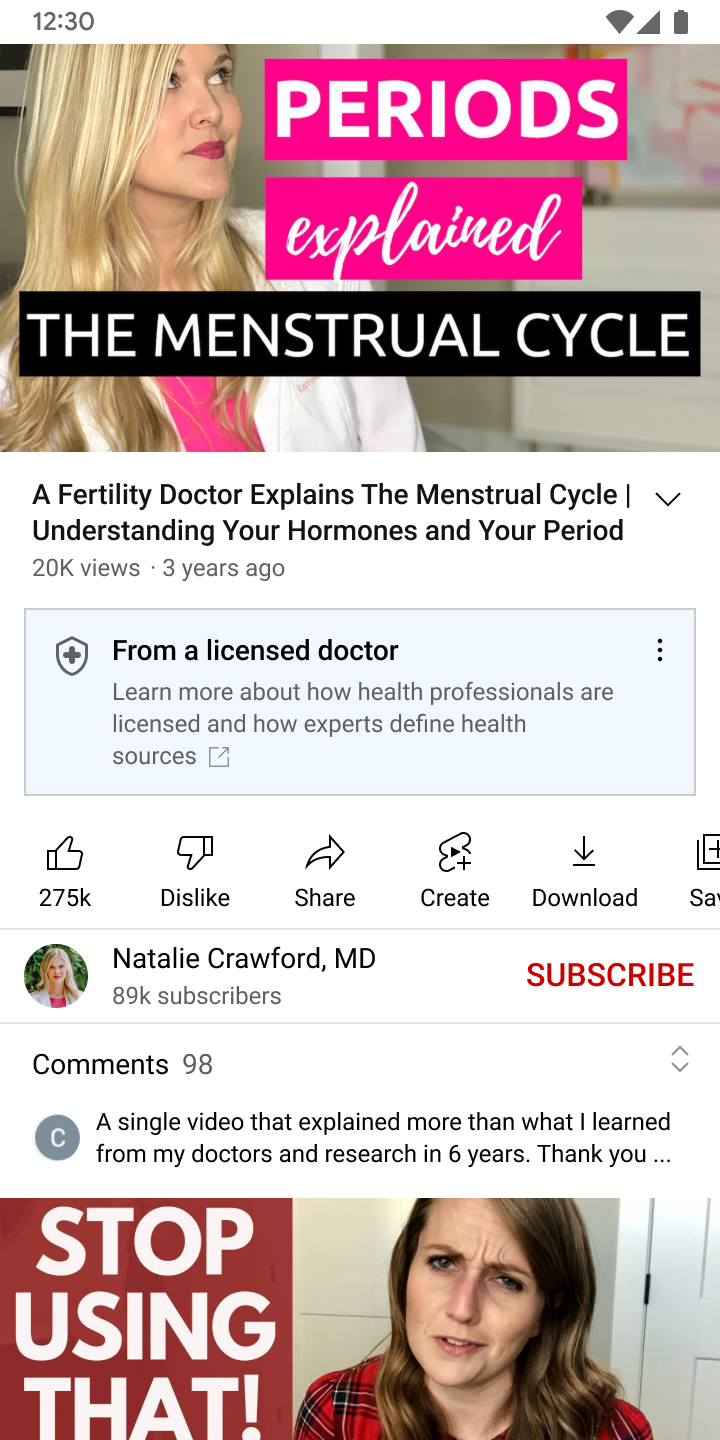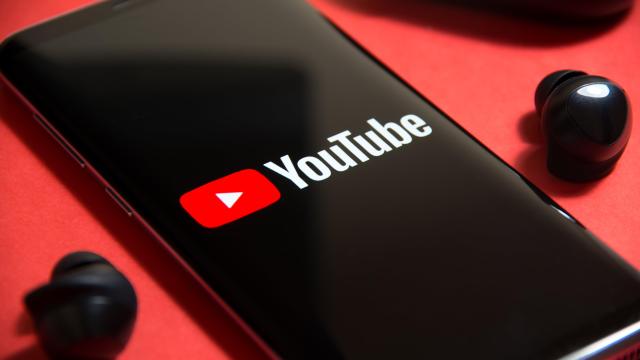In its latest effort to limit health misinformation, YouTube is trying to make it easier for users to identify and differentiate reliable, factual videos made by certified healthcare professionals from those made by wellness gurus and their ilk. Starting today, the platform will let doctors and nurses apply for verified provider labels and showcase their videos on special healthcare carousels in search results.
The announcement was made on Thursday by YouTube’s global head of health Dr. Garth Graham, who pointed out in a blog post that this is the first time the platform will extend its health product features to individual healthcare providers. Previously, the features were available to organisations like universities and government agencies. YouTube has historically struggled to rein in medical misinformation, most recently during the pandemic, and has been criticised for dragging its feet on implementing fixes for the problem.

At the moment, only individuals in the U.S. and Germany will be able to apply to be YouTube Health Sources, although a YouTube spokesperson told Gizmodo that the company hopes to be able to open up the process to more countries and regions in the future.
“This is a big step towards helping people more easily find and connect with content that comes from the extraordinary community of healthcare creators on YouTube–the smart, dedicated and creative folks who are transforming the ways that we share medical information,” Graham said in a YouTube blog post.

The company’s global head of health pointed to channels helmed by licensed individuals that provide helpful health content on the platform, such as Doctor Mike, a family doctor who debunks medical myths, and Doctor Ali, a psychologist who makes easily accessible videos on mental health.
What will qualify someone to be a YouTube Health Source? According to the platform’s support page, the application process is open to licensed doctors, nurses, registered nurses, psychologists, marriage and family therapists, and licensed clinical social workers. All applicants must be licensed, YouTube notes, adding that third-party partner LegitScript will be in charge of coordinating licence verification by working with licensing bodies like the Federation of State Medical Boards in the U.S.
Besides obtaining licence verification, YouTube states that channels must follow its monetisation policies, even if it’s not monetising content. Applicants must also have more than 2,000 valid public watch hours in the past 12 months and primarily focus on covering health information. Finally, individuals interested in being a Health Source must have no active community guidelines strikes.
Getting accepted doesn’t mean that you’ll be a YouTube Health Source forever, though. On its support page, the platform points out that channels are periodically reassessed and may lose access to YouTube health features if the company finds they no longer meet the criteria.
Interested individuals can apply here. YouTube states that it will review applicants’ channels and get back to them with an answer in within one or two months. Individuals who are accepted may start getting access to the features in early 2023.
